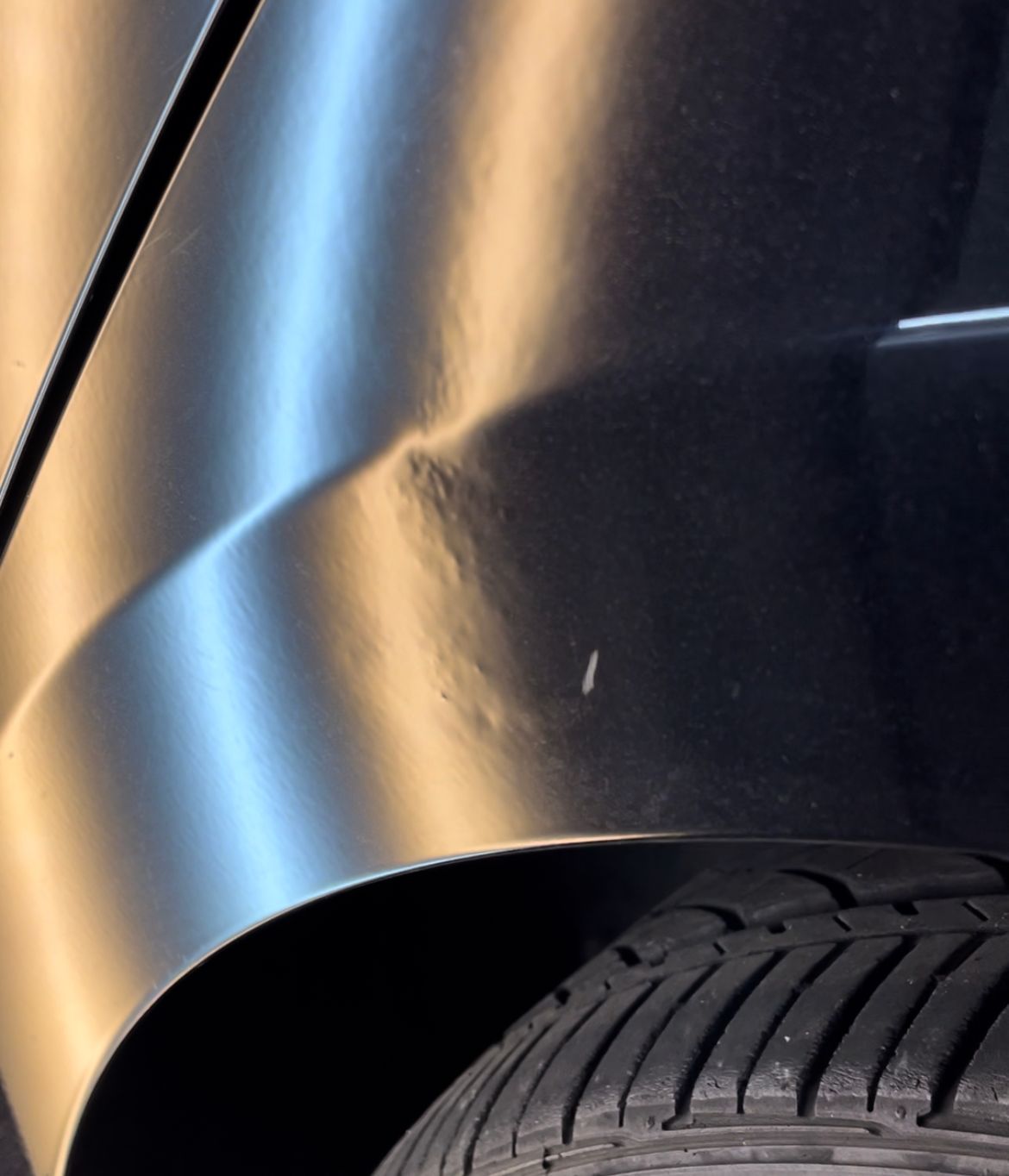Moving Too Fast Too Soon

One of the biggest downfalls in progressing your PDR skill is moving too fast, too soon. Trainees will see a video, a tech in action, or just a natural habit and assume they can perform PDR quickly.
The most famous saying within PDR is "slow is fast," and it can't be any more true of a statement.
If tip recognition is not dialed in, you are guessing where it may be at that point. The two leading indicators of tip placement are watching the tip show itself in the fade or seeing the light bend.
The key to flawless repairs starts with the very first push. Seeing the tip of the tool slowly push the metal up and indicating its placement is vital in progressing into the rest of the repair.
Your pushing pressure is enough to raise the metal but not leave a high spot. You are placing that singular dot of metal exactly where it needs to go with your pushing rod.
"You Can't Push What You Can't See"
I've seen it repeatedly where a trainee begins nice and easy, not wanting to mess anything up. Slow, together pushes, bringing up a dent nice and clean. As the day progresses, I will see more high spots and sloppy pushing resulting in sub-par repairs. At this point, I can see the trainee is "checked out," not wanting to concentrate on continuing the proper method needed to push up a dent to a clean finish.
"What Am I Doing Wrong?"
Here are a couple of things; first, I can tell you're trying to finish the dent too fast. The first dent took an hour, and now you're trying to repair it in 5 minutes. When repairing too quickly, you will have sloppy pushes. Your first set was excellent and layered together; now we have high spots and missed lows that still need to be pushed to match. This mismatching of pushes will create texture within the dent and be closer to an unclean, nonfactory finish repair.
Failing to crosscheck. If you fail to crosscheck your repairs early and often, you may have a false sense of completion as your dent may look finished from one angle until you move your light to another angle and see how your repair has moved around thus far.

"Slow Is Fast"
There is no set time to remove a dent or a set amount of pushes. Your only indicator is whatever is reflected in the light. Your reflection will tell you everything you need to know as you move through the repair.
Low, High, or Flat.
There are only three levels in which your repair will sit.
Low - below the plane of flat or factory finish
Flat - neither above nor below the plane of flat
High - above the plane of flat
What Is The Ultimate Goal?
The key to a proper clean repair is removing the dent as if it was never there—a perfect Paintless Dent Repair.
If you're looking for more information regarding Paintless Dent Repair leave a comment below!
Dave Oh
Owner/Operator of Dentless Touch Chicago
Tel: (630) 577 - 2777
229 Eisenhower Lane S.
Lombard, IL 60148
www.dentlesstouch.com/chicago-illinois
Comments ()